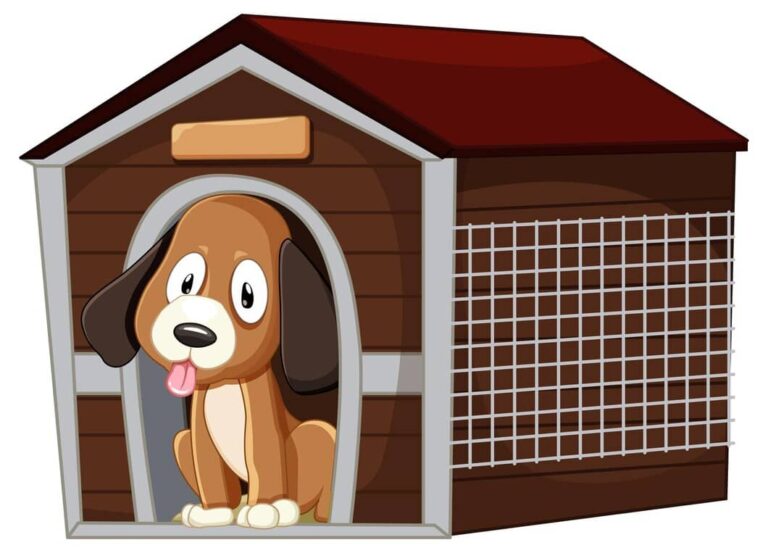© 2019 Khobish - Premium WordPress news & magazine theme by Xldevelopment.
The search for the perfect pet can be a tricky one – you want something that’s low maintenance, but also that you can bond with and form a connection with. But deciding on the right pet for your lifestyle doesn’t have to be a difficult process – there are plenty of adorable and Best low maintenance pets out there that will fit perfectly into your home and routine. From small, easy-to-care-for animals like rodents and fish, to larger, more interactive creatures such as cats and dogs, these are some of the best low maintenance pets you can have.
There are several low maintenance pets that are ideal for people who are looking for a companion animal but have limited time or resources for pet care. Here are some of the most popular options:
- Fish: Fish are one of the most low-maintenance pets, requiring only a tank, food, and occasional cleaning.
- Hermit Crabs: Hermit crabs are another low-maintenance option, requiring a terrarium, food, and fresh water.
- Reptiles: Reptiles such as snakes and turtles are also low maintenance, but they do require a specialized habitat and temperature control.
- Rodents: Hamsters, guinea pigs, and mice are good low-maintenance pets that are easy to care for and relatively cheap to feed.
- Birds: Certain species of birds, such as budgies, canaries, and finches, can make great low-maintenance pets as well. They require a cage, food, water, and occasional cleaning.
It’s important to keep in mind that while these pets may be low maintenance in terms of their daily care, they still require proper attention and regular veterinary check-ups to ensure they are healthy and happy.
I. Definition of a low maintenance pet
A low-maintenance pet is generally considered to be a companion animal that requires minimal effort, time, and resources for its daily care and upkeep. The Best Low maintenance pets typically have minimal grooming needs, don’t require a lot of exercise or training, and can be left alone for extended periods of time without getting destructive or requiring a lot of attention. Some examples of low maintenance pets include fish, reptiles, birds, and certain species of rodents. It’s important to note that while these pets may require minimal care in some areas, they may still require regular veterinary check-ups and attention to their diet and environment to ensure their well-being.
II. Popular Low Maintenance Pets
Here are some of the most popular low maintenance pets:
- Fish: Fish are a great low-maintenance option, requiring only a tank, food, and occasional cleaning. They can be a relaxing and beautiful addition to a home and can provide a calming environment.
- Reptiles: Reptiles, such as snakes and turtles, are low maintenance pets that are easy to care for. They require a specialized habitat, food, and temperature control, but they don’t need a lot of attention or exercise.
- Rodents: Rodents, such as hamsters, guinea pigs, and mice, are low maintenance pets that are easy to care for and relatively cheap to feed. They do require a cage, food, water, and occasional cleaning, but they don’t need a lot of attention or exercise.
- Birds: Certain species of birds, such as budgies, canaries, and finches, can make great low-maintenance pets. They require a cage, food, water, and occasional cleaning, but they don’t need a lot of attention or exercise.
- Low maintenance cats: Some breeds of cats are considered low maintenance, as they are generally more independent and require less attention than other breeds. These breeds may still require regular grooming and veterinary care, however.

It’s important to keep in mind that these pets may be low maintenance in terms of their daily care, but they still require proper attention and regular veterinary check-ups to ensure they are healthy and happy.
III. Choosing the Right Low Maintenance Pet
When choosing a low maintenance pet, it’s important to consider a few factors to ensure that you pick the right pet for your lifestyle:
- Living space: Consider the amount of space you have in your home for a pet. Some low maintenance pets, such as reptiles, may require a large habitat, while others, like fish, only need a tank.
- Time commitment: Consider how much time you are willing to dedicate to your pet. Some low maintenance pets, like birds, may need daily attention and interaction, while others, like reptiles, may only need occasional attention.
- Budget: Consider the cost of caring for your pet. Some low maintenance pets, like fish, may be relatively cheap to care for, while others, like reptiles, may require a significant investment in their habitat and equipment.
- Personal preferences: Consider what type of pet you would like to have based on your personal preferences and interests. Some people may prefer the company of a more interactive pet, like a rodent, while others may prefer the peaceful presence of a fish.
- Allergies: If you have allergies, consider getting a low maintenance pet that may not trigger your allergies, such as a fish or a reptile.
It’s also important to do research and learn about the specific needs of the pet you’re considering. This can help you determine if it’s the right pet for you and ensure that you’re prepared to provide proper care for your new companion.
IV. Caring for a Low Maintenance Pet
Caring for a low-maintenance pet still requires some effort and attention to ensure that your pet is healthy and happy. Here are some tips for caring for a low maintenance pet:
Proper housing: Make sure that your pet has a suitable living environment that meets its needs. This may include a tank, cage, or terrarium, along with the proper equipment, such as a heater or filter.
Diet: Provide your pet with a healthy and balanced diet, as well as fresh water, as needed. Some low maintenance pets, like fish, may only need to be fed once a day, while others, like reptiles, may need to be fed several times a week.
Cleanliness: Keep your pet’s living environment clean and free of debris to promote good health and prevent disease. This may involve cleaning the tank or cage, as well as providing fresh water and bedding.
Healthcare: Regular veterinary check-ups are important for all pets, even low maintenance ones, to ensure that they are healthy and to prevent and treat any health problems.
Enrichment: Provide your pet with toys, perches, or other forms of enrichment to keep them mentally and physically stimulated.
Attention: Low maintenance pets still need some attention and interaction, even if it’s just a few minutes a day. Spend time talking to your pet, playing with them, or simply observing them to build a bond and keep them happy.
Remember, while low maintenance pets may require less effort and attention than other pets, they still need proper care and attention to thrive.
V. Conclusion
In conclusion, low maintenance pets can be a great choice for people who want the companionship of a pet without the demanding time commitment and responsibilities that come with other types of pets. However, it’s important to choose the right pet based on your living space, time commitment, budget, personal preferences, and allergies.
Additionally, even low maintenance pets still require proper care, including a suitable living environment, a healthy diet, regular veterinary check-ups, and some attention and interaction. By following these guidelines, you can ensure that your low maintenance pet is healthy, happy, and a valued member of your household.











No Comments